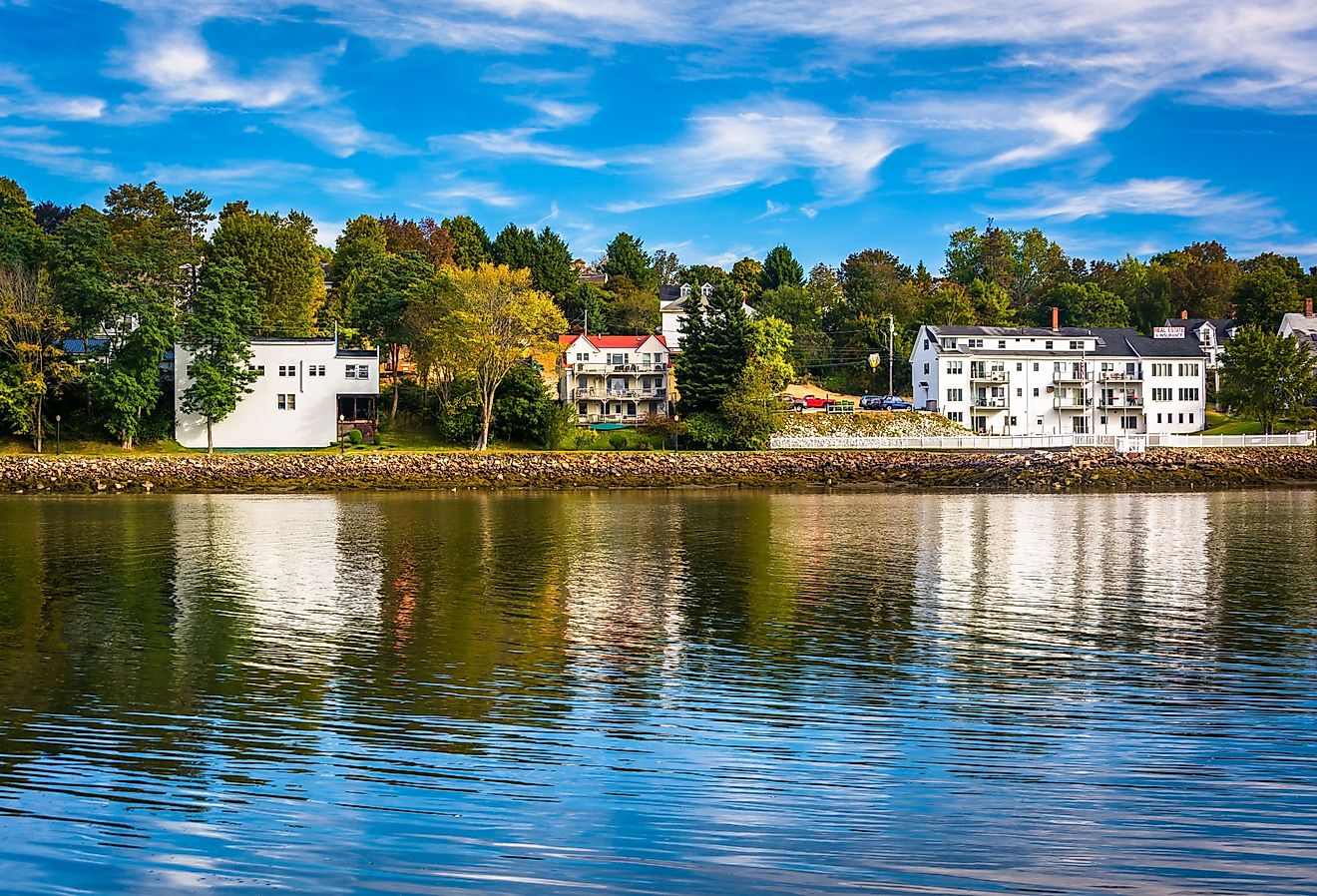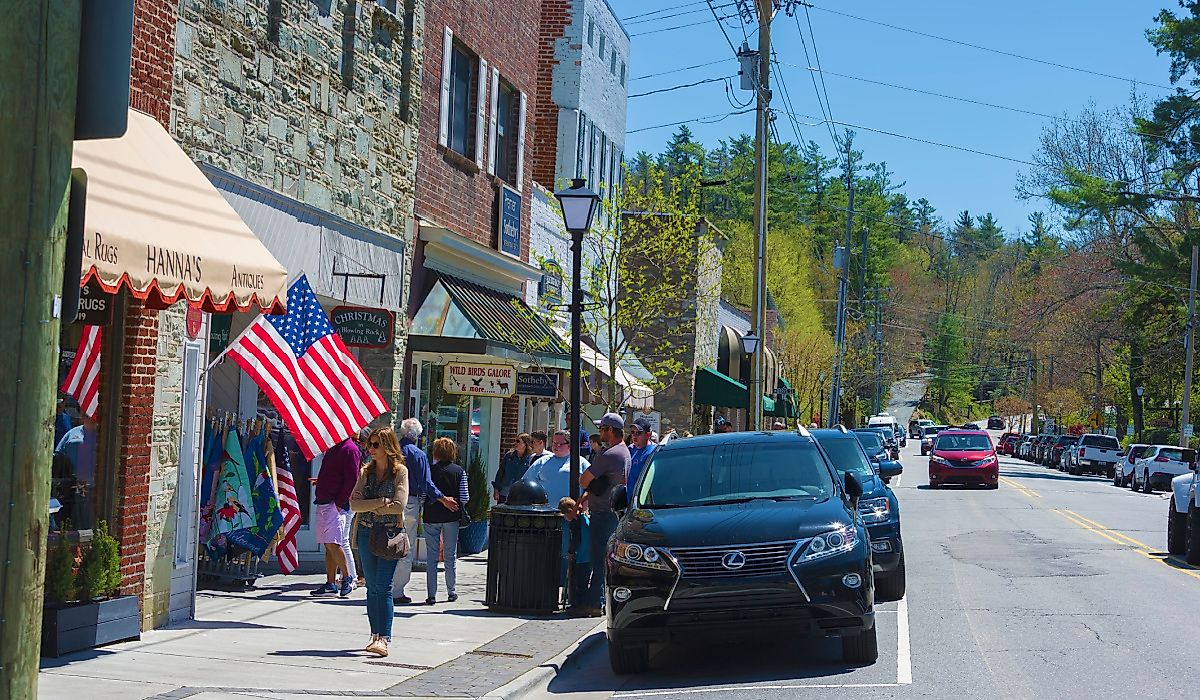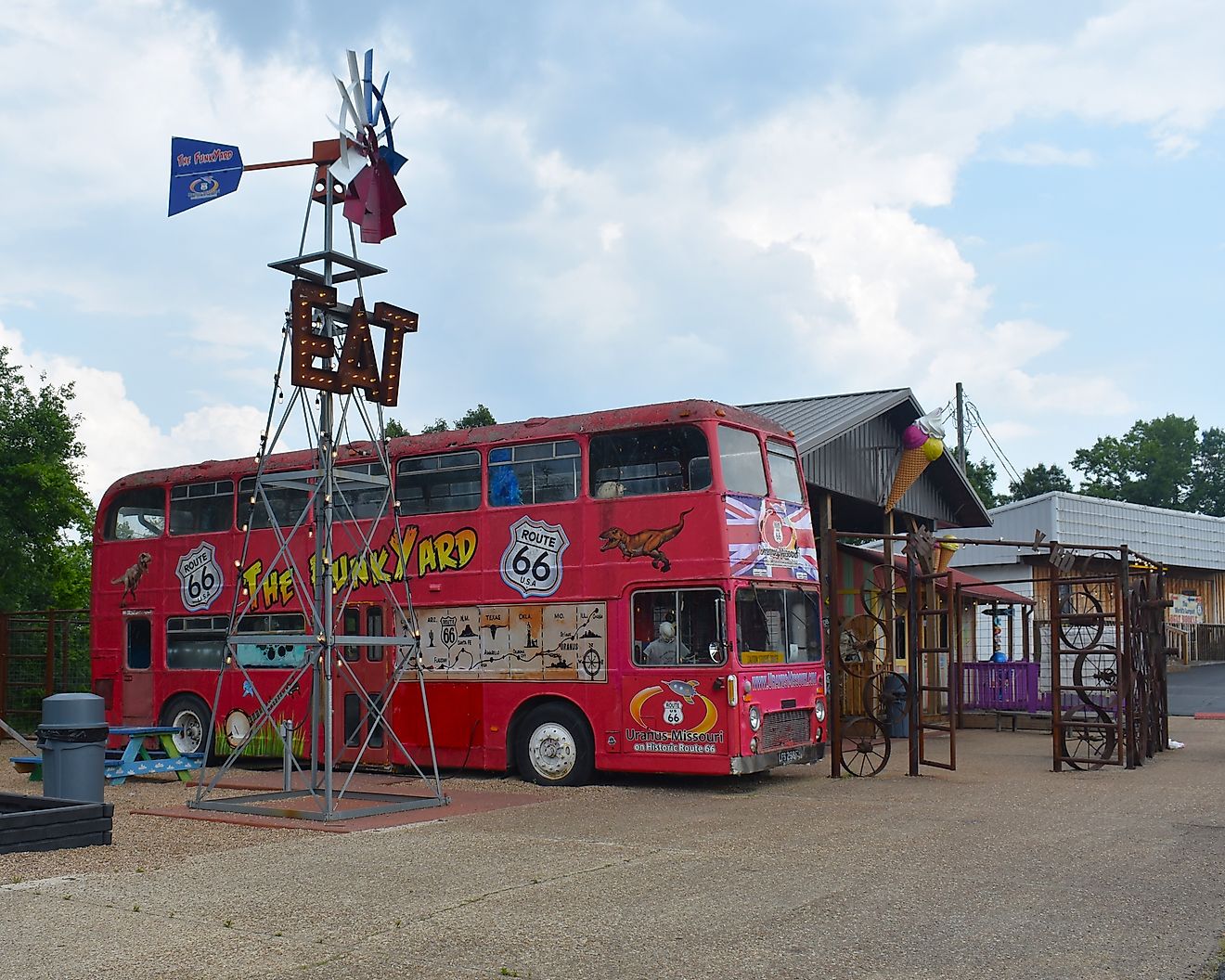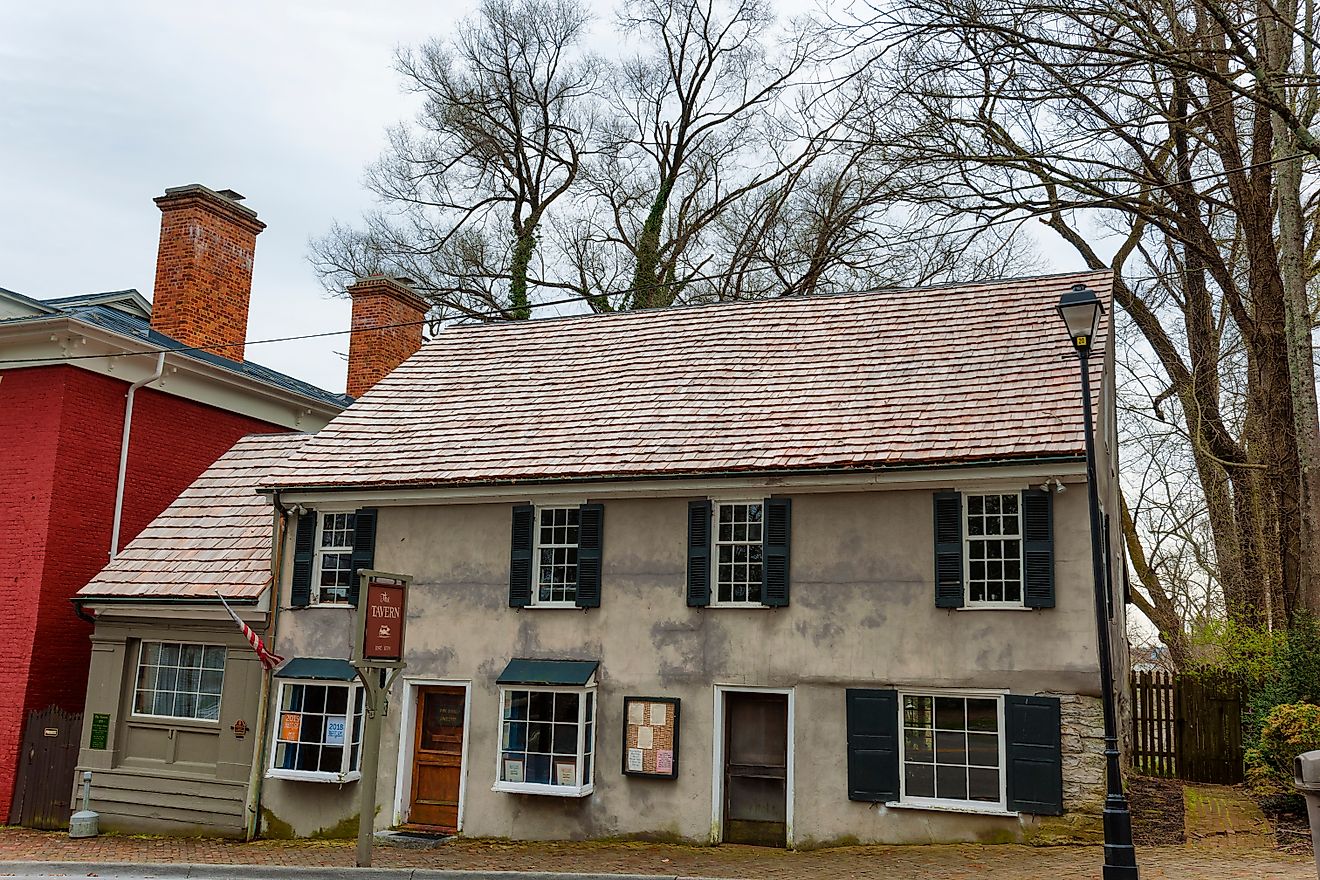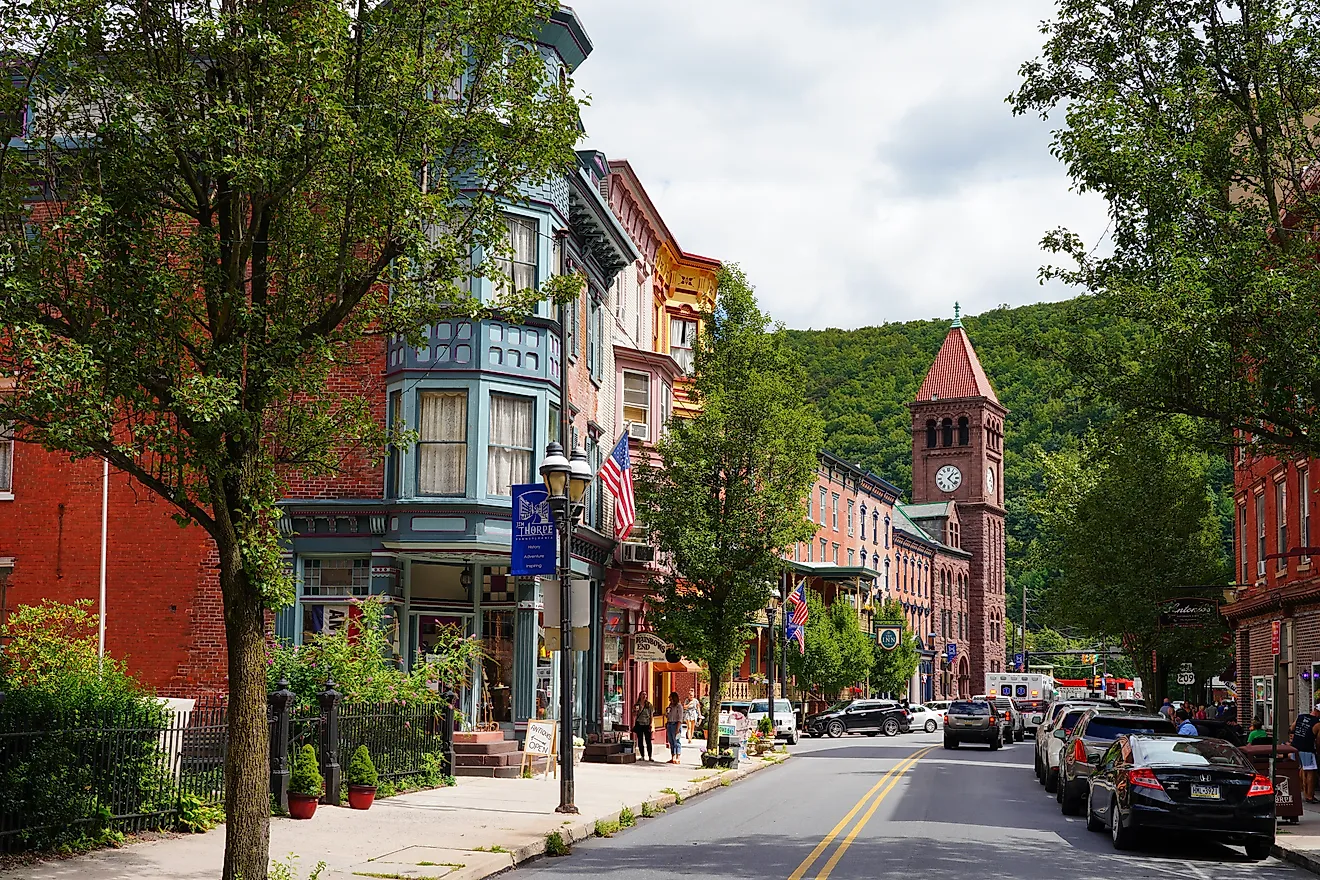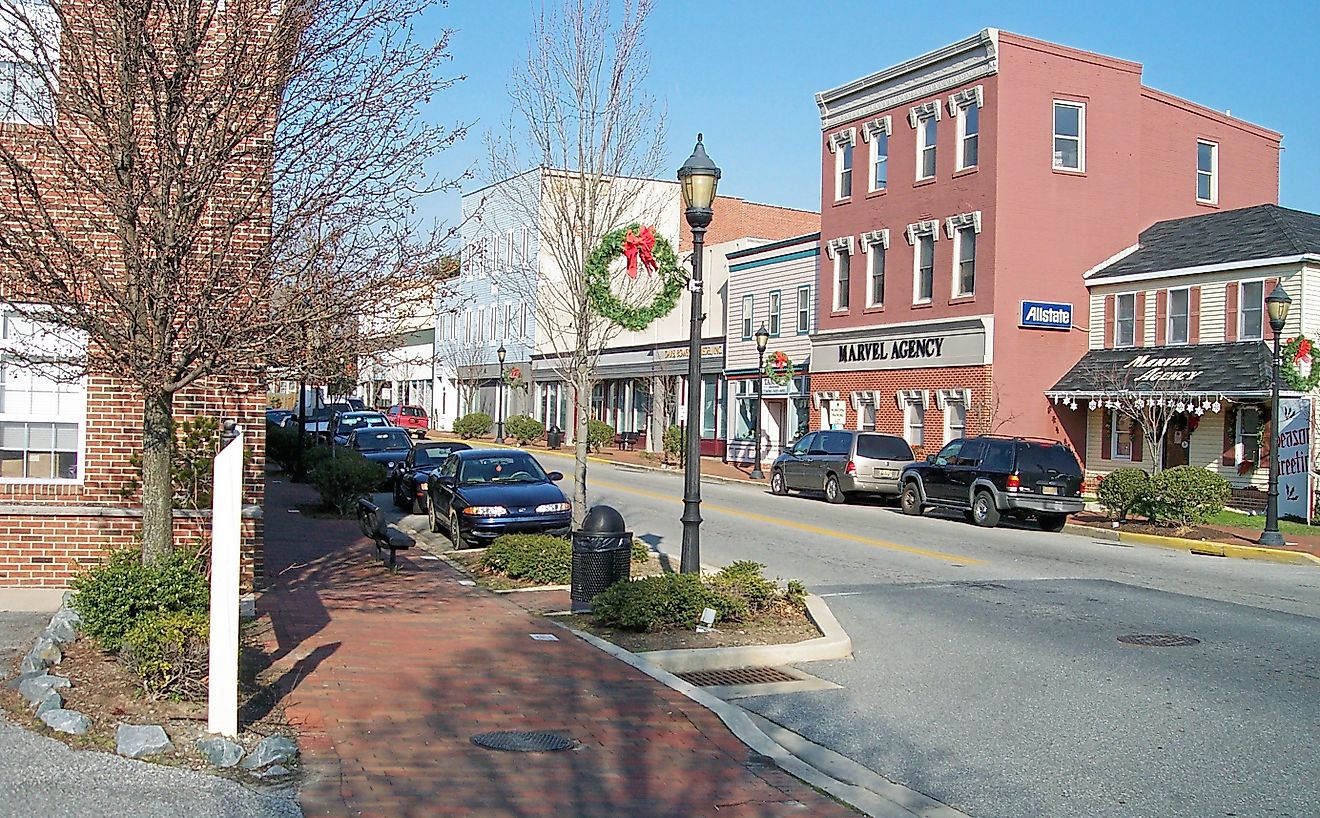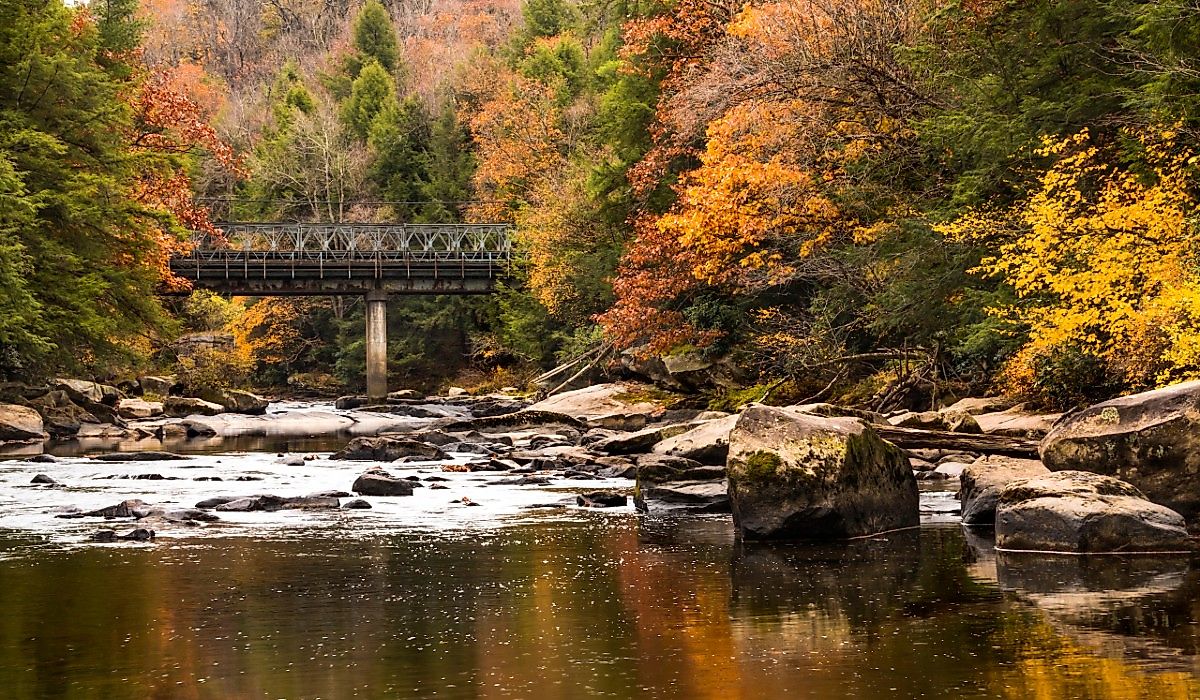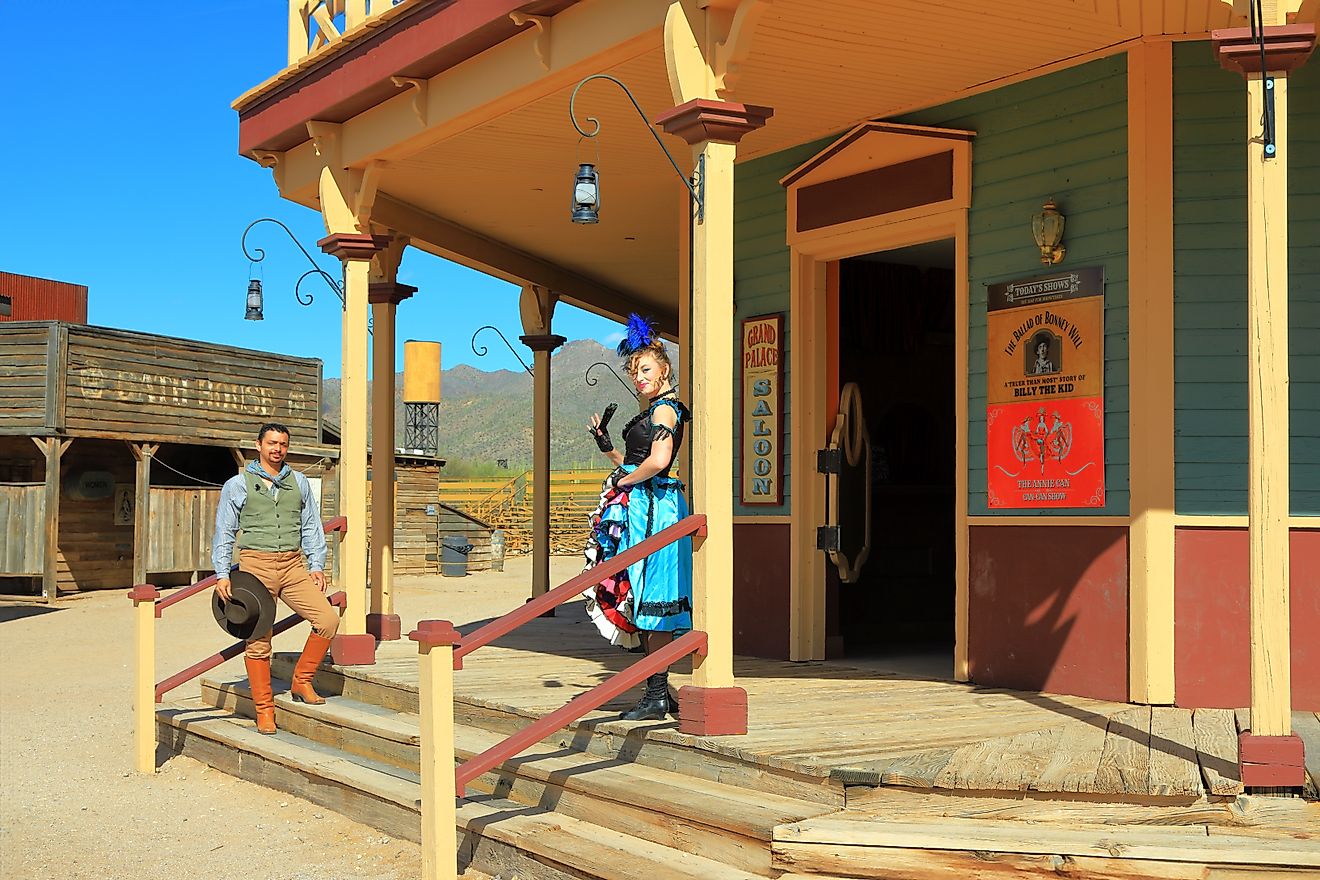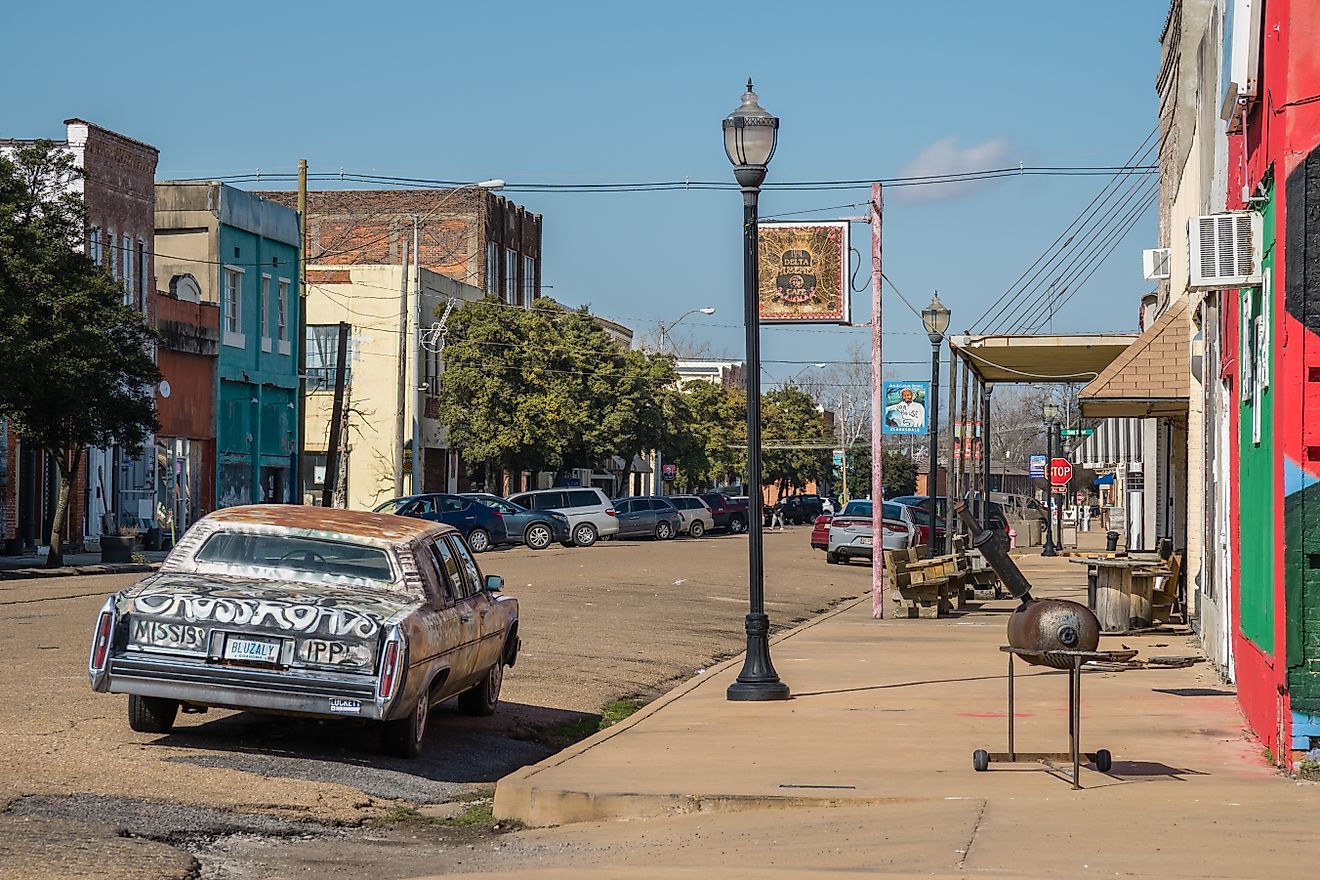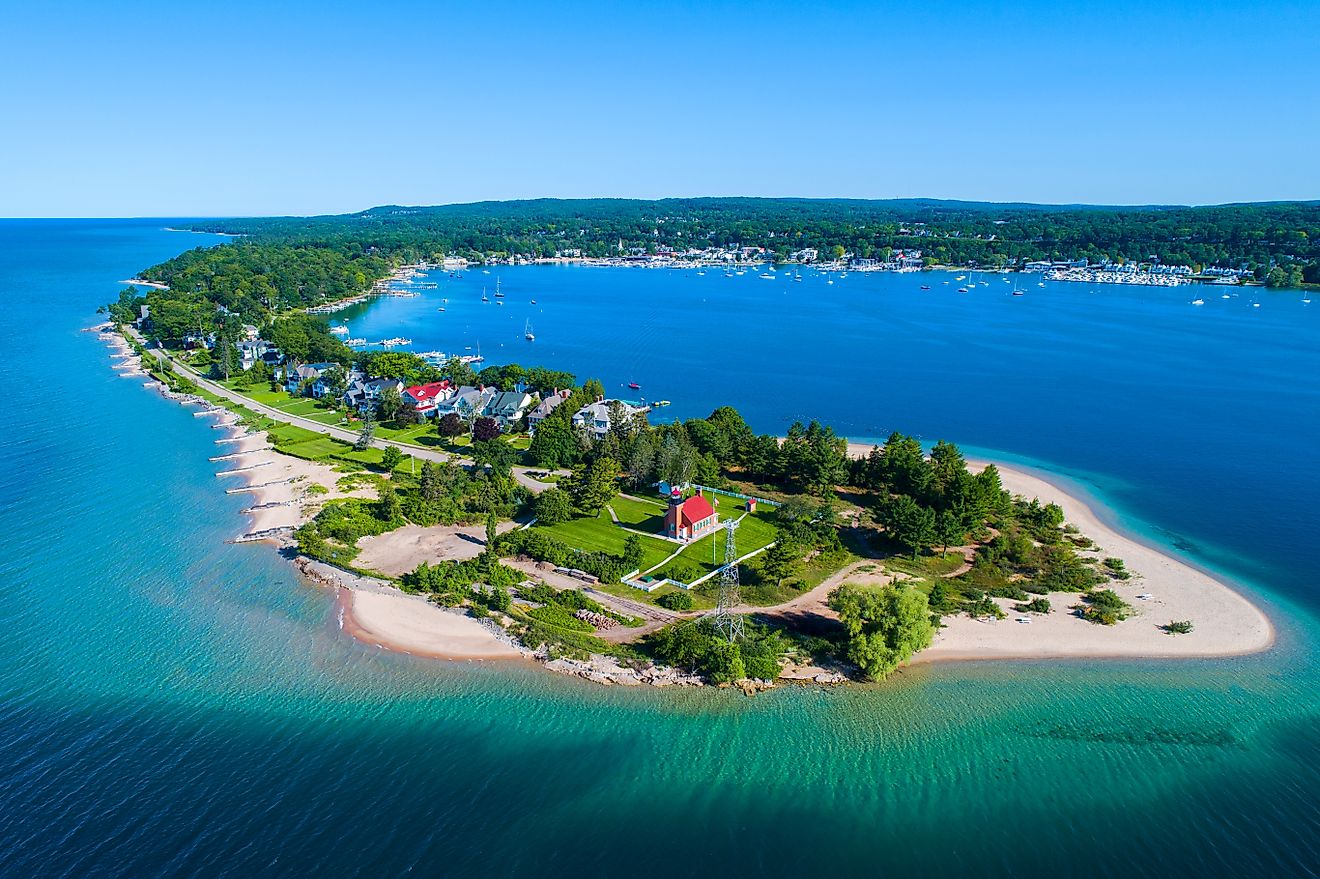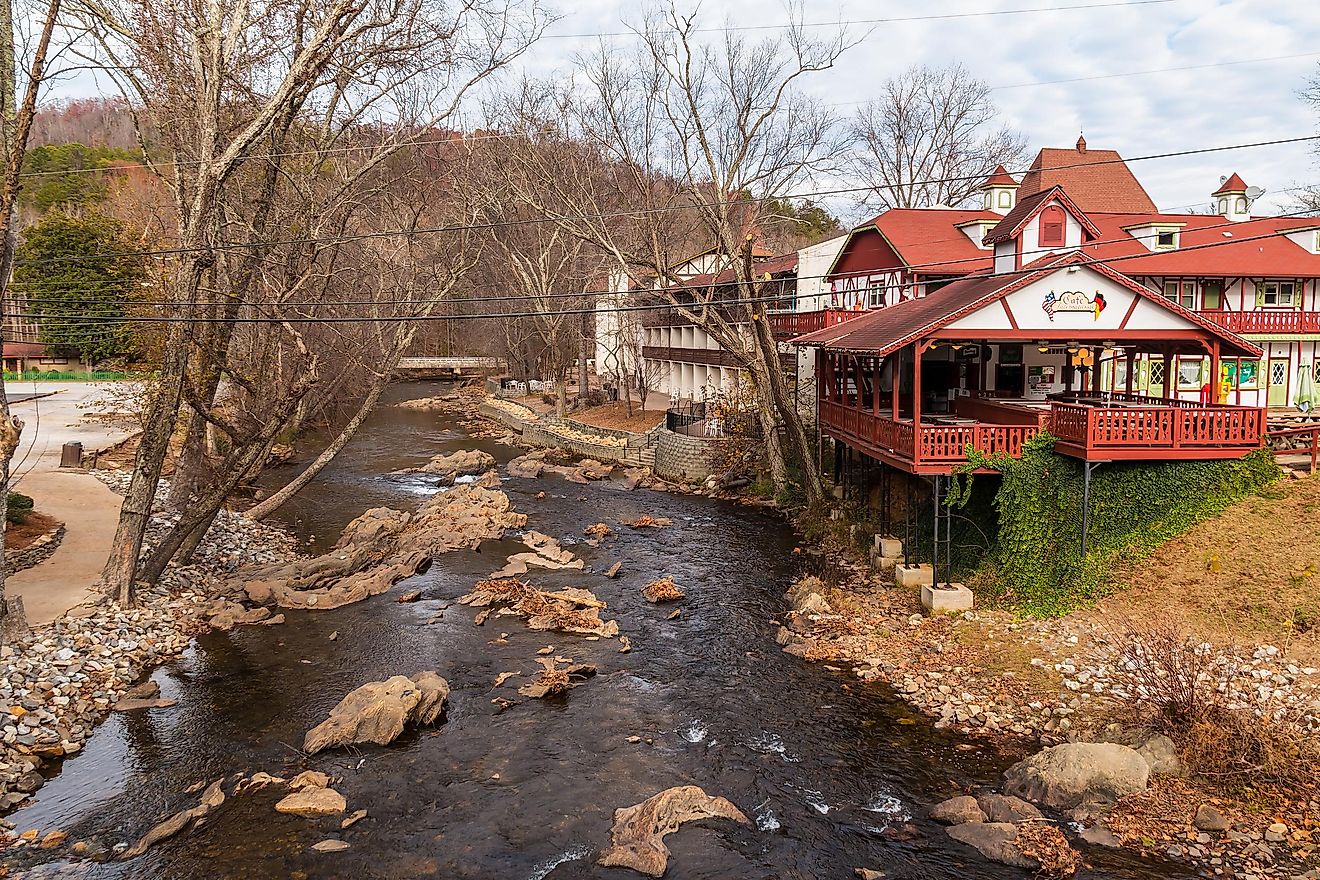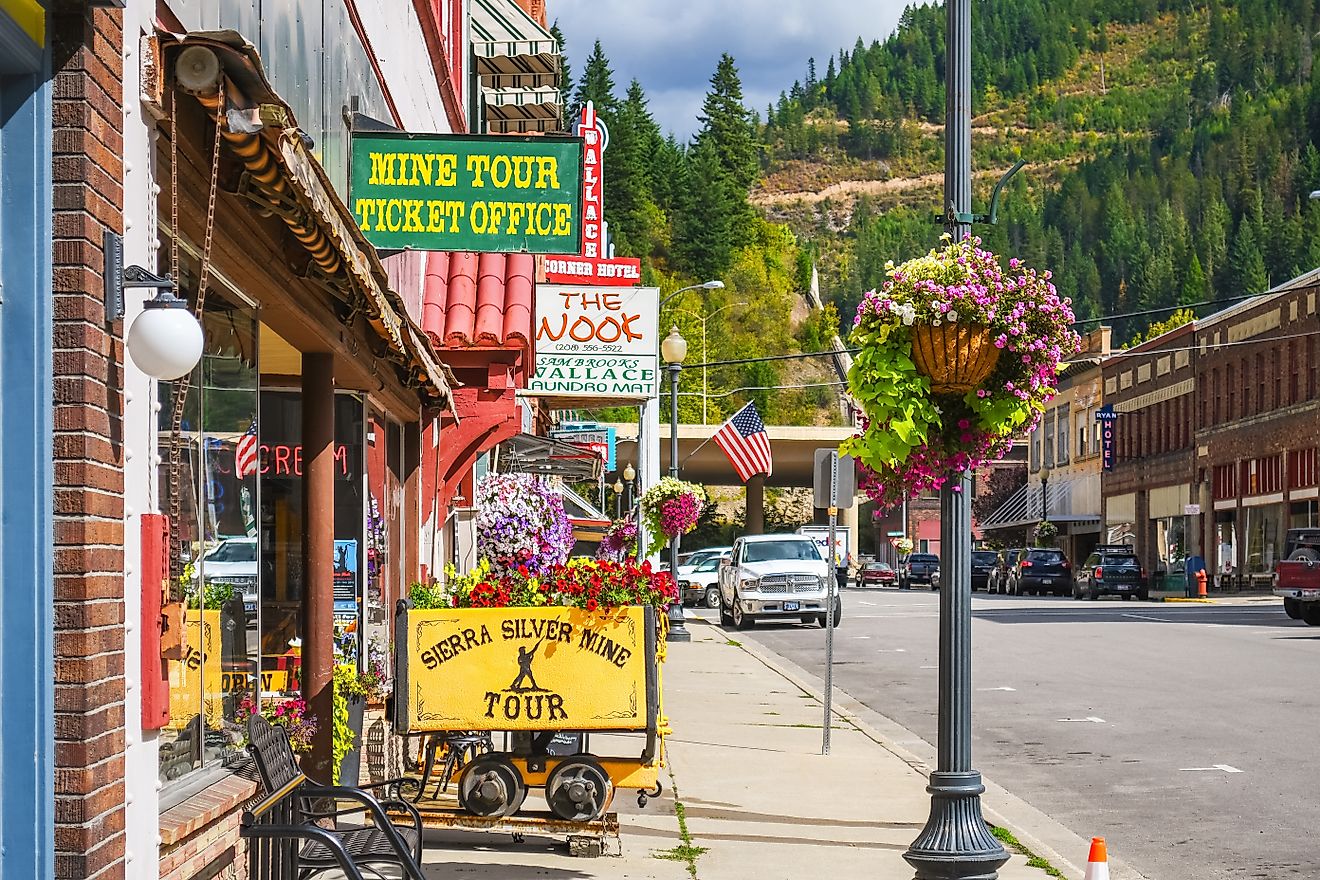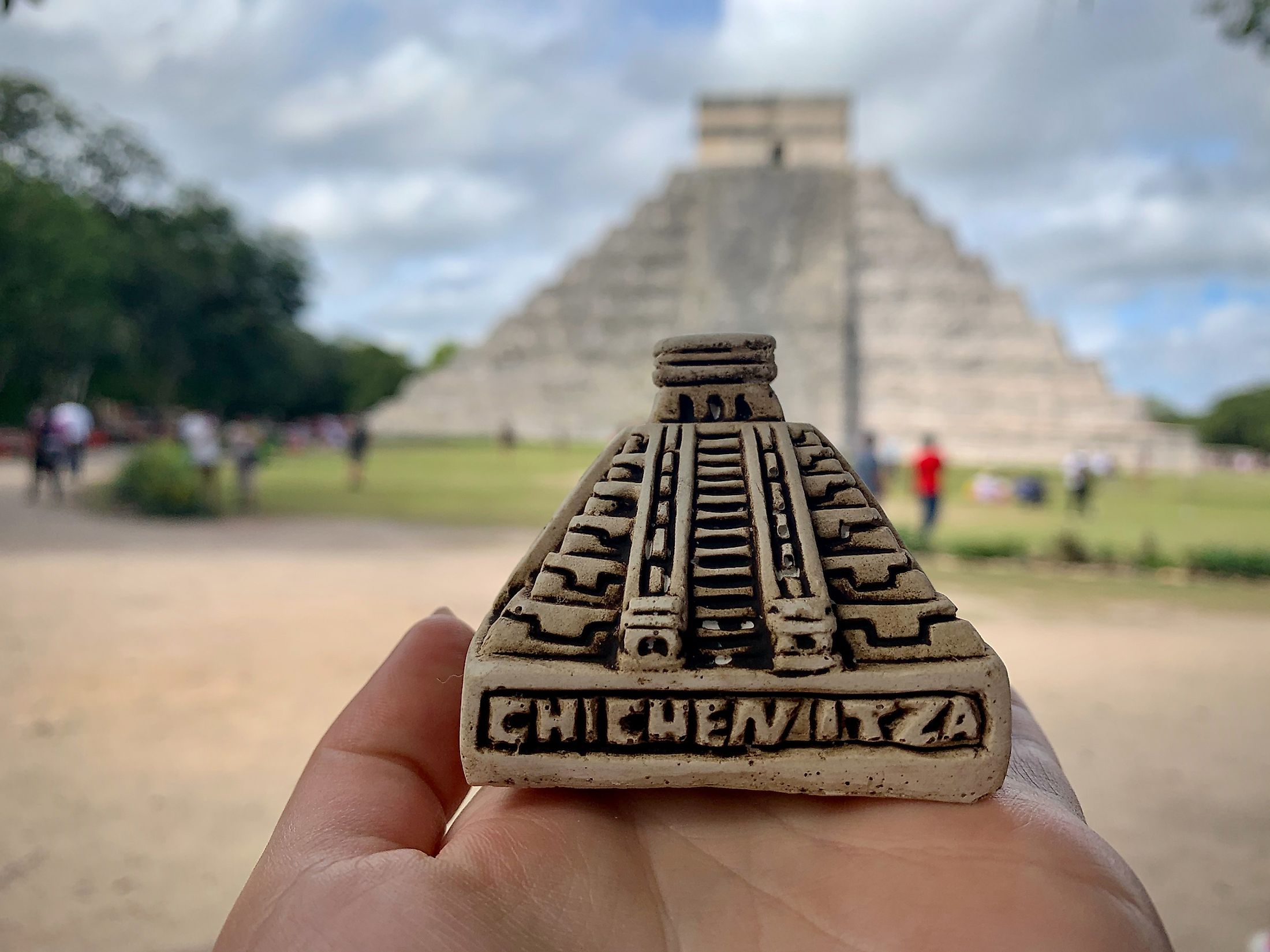
Chichén Itzá - One of the Seven Wonders of the World
Set 90 miles (150 km) east-northeast of Uxmal and 75 miles (120 km) east-southeast of Mérida with two main cenotes providing water, the Chichén Itzá, a designated UNESCO World Heritage site since 1988, is a complex of Mayan ruins on the northern half of Mexico's Yucatan Peninsula. Once, a vibrant city of a diverse population of tens of thousands, it now meets people with the remnants of many ancient Mayan structures.
Covering about 5 square kilometers (1.9 miles), the heart of the Chichen Itza contains all of the important buildings and structures, while the residential area stretches around for quite some distance in circumference, about 4 square miles (10 square km). At its peak, this religious, military, political, and commercial centre of 35,000 people first saw settlers in 550, with development beginning in the following century. Whether it was the access to being built around caves and sinkholes in limestone formations, or some other energy that drew people to settle down there, it went down in history as a major focal point in Mayan history.
History Of Chichen Itza
Founded presumably in the 6th century CE by the Maya peoples that occupied the Yucatán Peninsula since the Pre-Classic or Formative Period lasting from 1500 BCE to 300 CE, the buildings then were built in the architectural style known as Puuc, and differing from those in southern lowlands. Upon the collapse of the Maya cities in the 10th century Chichén was invaded by Maya-speaking foreigners, influenced and directed by the Toltec of central Mexico. Evidence suggests that they were the Itzá, while others stick to the theory where the Itzá arrive 200 to 300 years later.
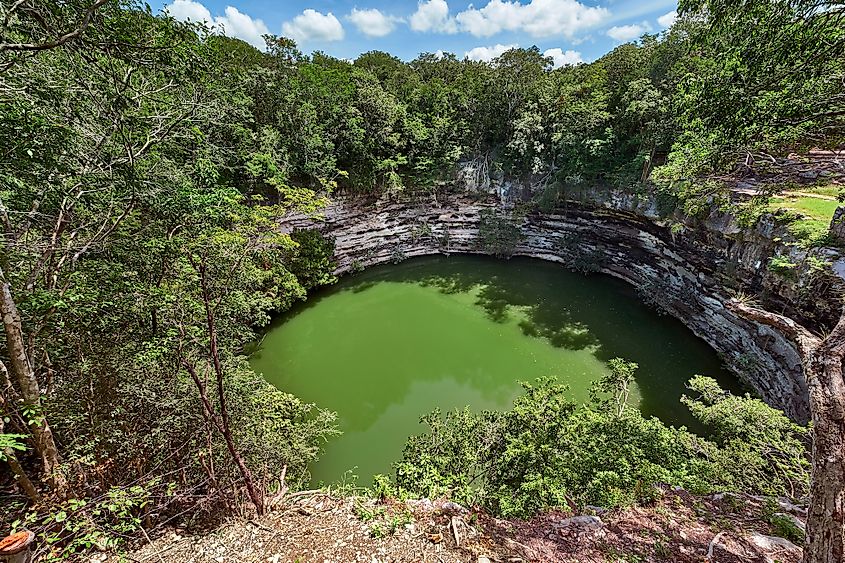
This flat limestone plateau awaiting the construction of the future temple-city of Chichen Itza was already an important pilgrimage location being sacred to the Proto-Mayans for religious reasons, having occupied the peninsula for 8,000 years, and becoming known as a Maya social center. With the arrival of the sailor merchant warriors in the 8th century that ventured inland upon colonizing the northern coastal areas, the Chichen Itza began to rise in prominence. The first major settlement near two large natural sinkholes, known as cenotes where plentiful of pure water was available throughout the year, is likely responsible for the name of the city, meaning the "Mouth of the Well of the Itza".
Quickly becoming rulers on the peninsula, the Itza Maya raised the Chichen Itza to regional prominence by the end of the Early Classic period, 600 AD. Having deep-rooted themselves firmly as a major regional capital by about 900 AD, they dominated in the northern Maya lowlands centralizing their political, sociocultural, economical, and ideological way of life, with arts and sciences flourishing even earlier, between 625 and 800 AD. Upon becoming a religious center of increasing importance, they constructed many of the great buildings that make up the Chichen Itza to this day.
Weakening Of The Maya Influence
Towards the end of the Classic Period, from 800 to 925 A.D., the foundations of this magnificent civilization weakened, and the Maya left many of their major religious centers and the rural land around. New, smaller cities were built and the great cities like Chichen-Itza were mostly visited to perform religious rites or bury the dead. The Itza people abandoned their city by the end of the 8th century A.D. and lived on the west coast of the peninsula for about 250 years. However, by the 10th century A.D. they returned to Chichen-Itza.
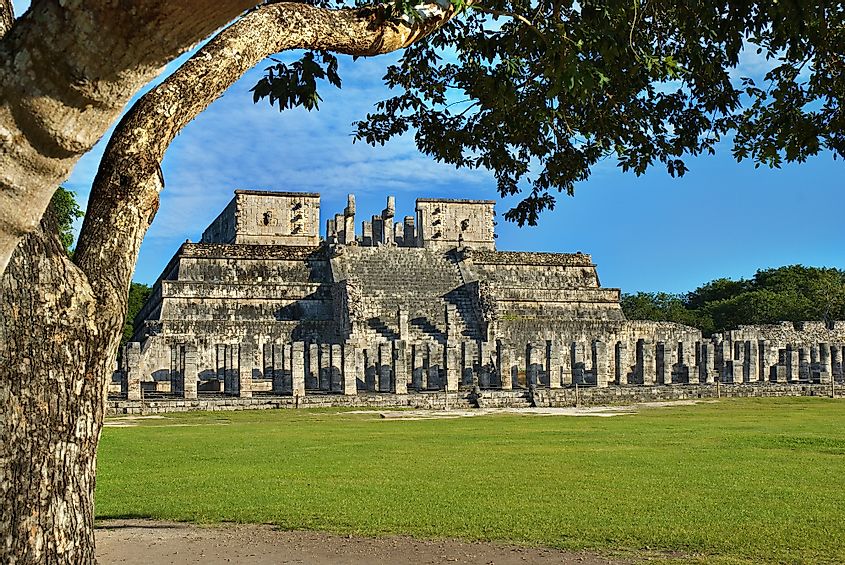
Although some dispute this event, the Toltec influence is in the art and the architecture style of certain areas of the city today, which is also the evidence of trade between the Toltecs and the Mesoamericans. In the following decades beginning around 1000 AD, upon uniting themselves with other powerful regional tribes, many significant buildings were added, bearing the Toltec touch in the porches, galleries, colonnades and carvings with symbols of serpents, birds and Mexican gods. In 1194, the city of Mayapan broke alliance and overtook Chichen Itza, with the latter becoming gradually abandoned, while a revolt broke out in 1221. Turning into a civil war, it was during this time that the great market's wooden roofs and the Temple of the Warriors were burned down, while the Mayapan took over Yucatan and the Chichen Itza went into final decline.
Recent History Of Chichen Itza
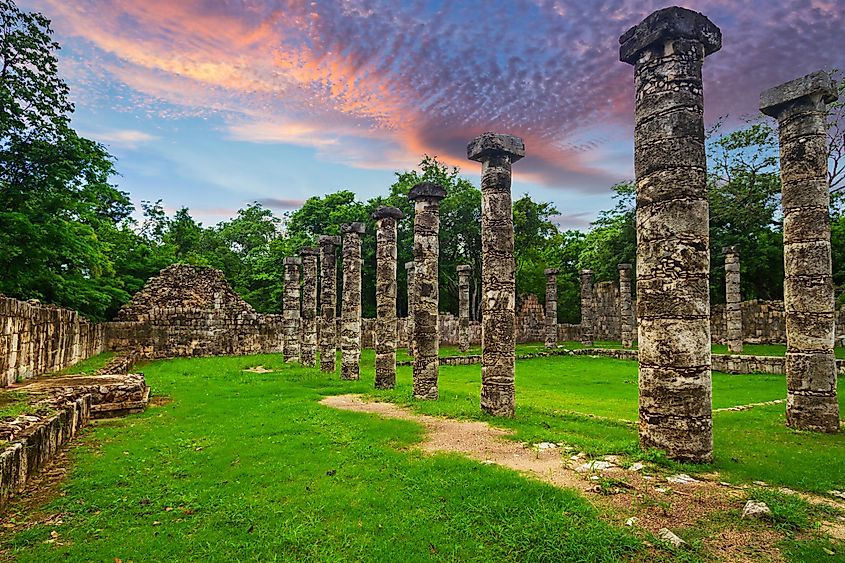
While the Sacred Cenote, remains confirmed as the place of pilgrimage, new archaeological evidence suggests that the events happened 200 years earlier, with the Chichen Itza falling around 1000 AD. Then, in 1531 when Francisco de Montejo, a Spanish Conquistador wanted to make the temple city the capital of Spanish Yucatan, he was driven off the land during the revolt from the native Maya. The High Priest’s Grave, the Colonnade (Thousand Columns) with the adjoining Temple of the Warriors were completed in the Early Post-Classic Period, from 900 to 1200, while in the Late Post-Classic Period, from 1200 to 1540), the Mayapán deprived Chichén of its power, with the latter becoming joined with Uxmal and Mayapán in a political confederacy, the League of Mayapán.
With the Mayapán power waning by 1450, the League dissolved, and when the Spanish would enter the territory in the 16th century, they would find the abandoned Chichén, left to the jungle, and although it remained sacred to the Maya, they were living in smaller towns. The site is now a prime archaeological spot in Mexico, excavated since the 19th century.
El Castillo In Chichen Itza
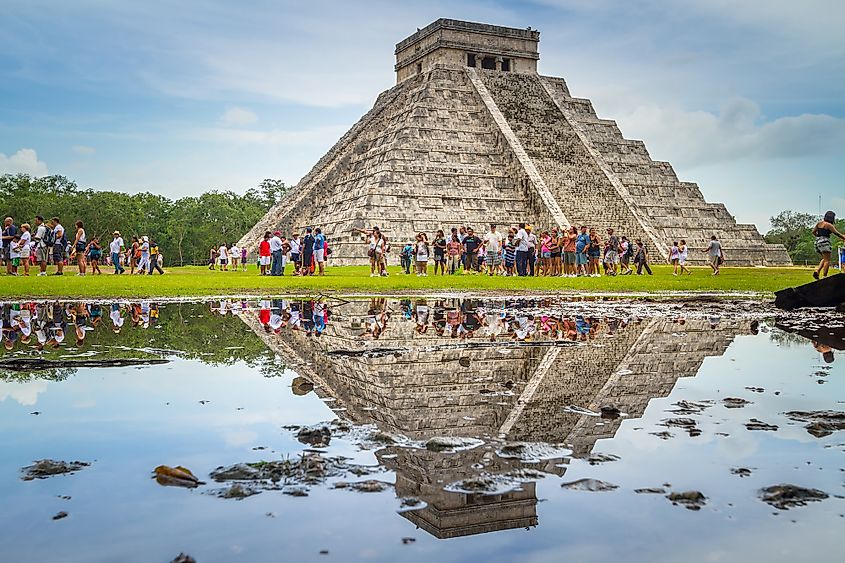
The most important building at Cichen Itza, the El Castillo (the Castle), with a dominating 90-foot Pyramid of Kukulkan in the center and containing the Temple of Kukulkan or the Feathered Serpent God, Quetzalcoatl was a ceremonial structure. Since it bears no resemblance to a castle, it is inquired that it was used for religious purposes and astronomical observations. Built during the 11th to 13th centuries, the pyramid is directionally encoded with the Mayan calendar that precisely marks the solstices and equinoxes.
The four-sided El Castillo pyramid that rises 79 feet (24 metres) above the Main Plaza, with 91 stairs on each side and a step on the top platform adds to a total number of steps equalling the days in a year. The serpent carved at the top symbolizes a major deity of the ancient Mesoamerican pantheon, known as Quetzalcóatl, and by the Maya, as Kukulcán. Archeologists also revealed a red jaguar jade-studded throne in one of the earlier structures of the pyramid.
Other Important Buildings
The real celestial observatory was El Caracol, meaning the snail in Spanish, and named after its winding inside staircase in a snail's-like shell formation on its west side with an observation chamber on top. It was built in the transition period of the late 9th century with a round, 48 feet-high tower, a solid lower body, and two round galleries in the central portion. It was rebuilt multiple times to fit larger capacity of observers that would look through the Caracol's windows facing the cardinal and sub-cardinal directions to track the movement of Venus, the Pleiades, the sun, and the moon.
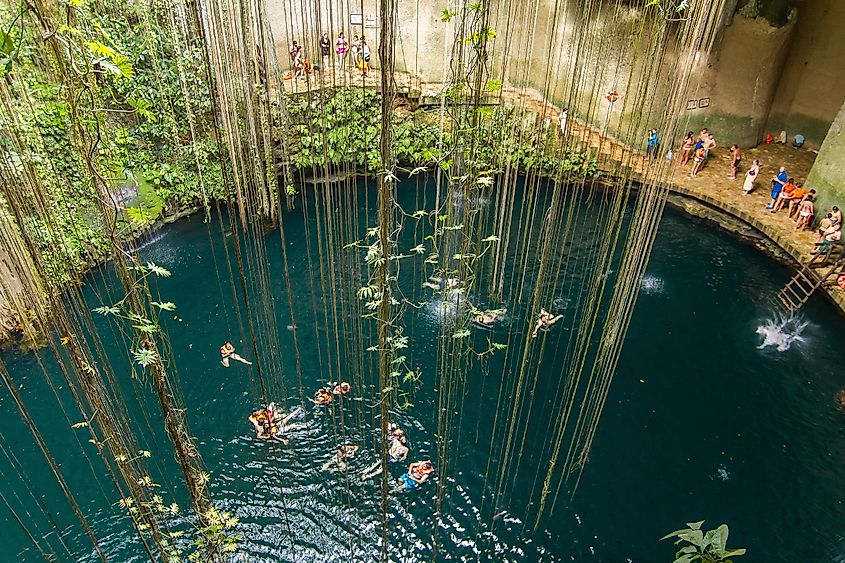
The Grand Cenote is one of the two Chichen cenotes, known as the "Cenote Sagrado" or Sacred Cenote, that the pre-Columbian Maya would throw objects and humans in as sacrifices to Chaac, the Maya rain god. Some of the offerings found were jade carvings, pottery, gold and silver artifacts, and human skeletons. The Maya also believed it to be an entrance to the underworld, with Chac Mool receiving them as a sign of respect from his people.
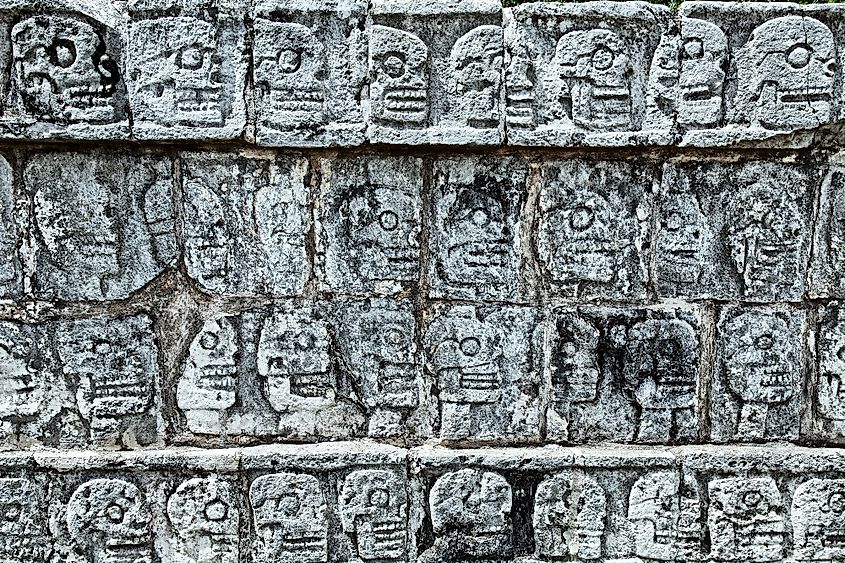
The 545 feet by 225 feet Ball Court, the largest known ancient sports field in Central America, with a raised temple area at each end, accommodates perfect acoustics, where a whisper in one end would be heard clearly at the other. The rubber ball game where the players would use their hips to keep the ball in the air to get it through a 20 feet-high stone ring at each side of the court, had religious significance to the Maya. The danger and the sacred importance of the game is engraved in one of the most dramatic Maya art found on one of the sloping side benches, of a beheading of a player, with more victory celebrations also noted in carvings.
Lastly, the temple of the Warriors comprises hundreds of square columns that surround a large temple with carvings of warrior figures dressed in feathers.
Significance Of Chichen Itza
Internationally-voted Chichen Itza as one of the World's 7 Wonders is visited by tourists and religious pilgrims for many reasons, most significant of which is the Pyramid of Kukulkan, which many don't know, is the Chichen Itza of the ancient Maya. Portraying the snake, that descends from heavens to the Earth according to the Maya in a matter of minutes, symbolizes the divine union between the humans and the gods.
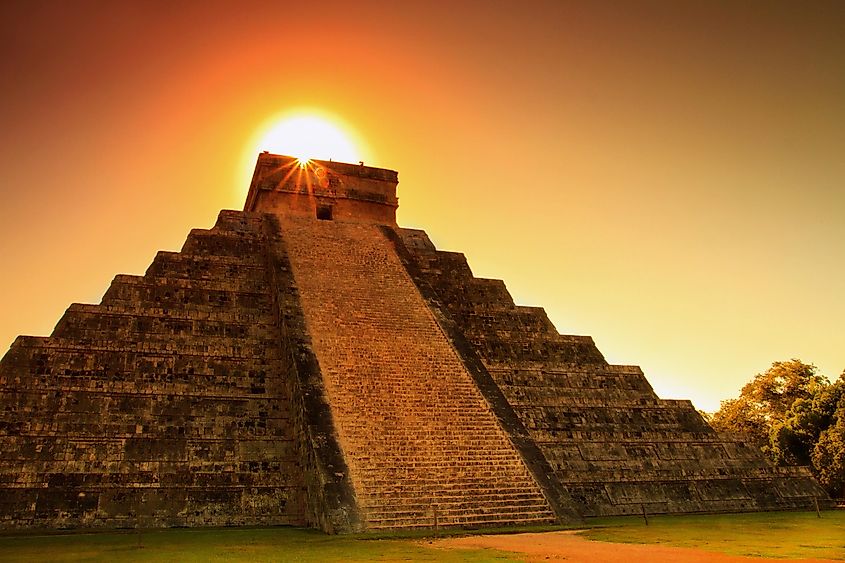
An area with a large concentration of cultural significance, as well as the best-preserved archaeological site in the world, Chichen Itza is a setting of many important architectural and natural wonders, including El Castillo, the Great Ball Court, the Temple of the Warriors, and the Sacred Cenote. With “Chi” meaning mouth and “Che’en” meaning well in the Mayan culture, while “Itz” is a magician or a sorcerer and “Há” is water, the literate translated name is “the mouth of the well of the water sorcerers”. Aside from reflecting the ancient humanity’s most notable structures, cultural histories and beliefs, the Chichen Itza at sunrise is an unforgettable experience.
